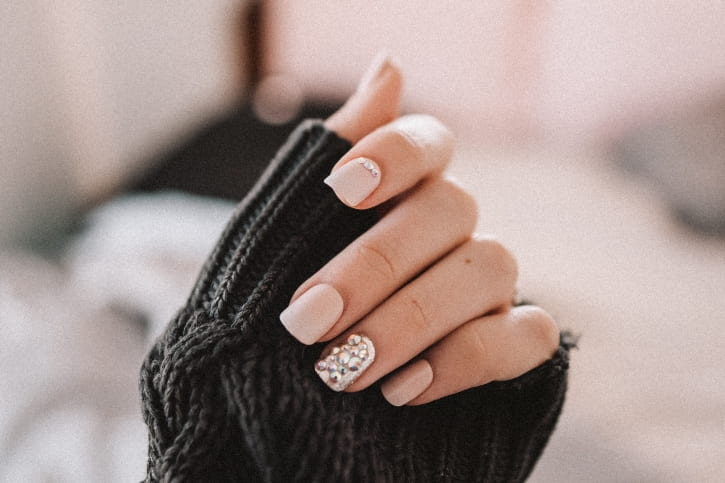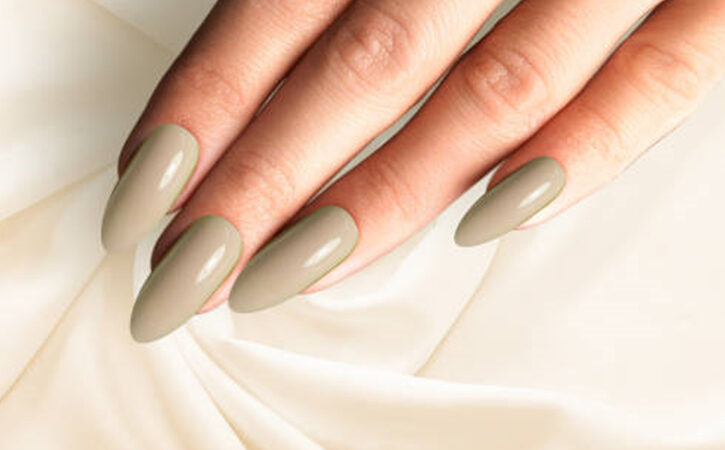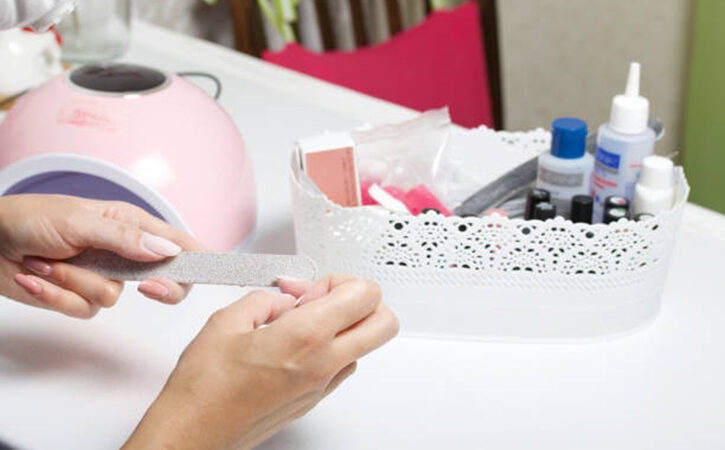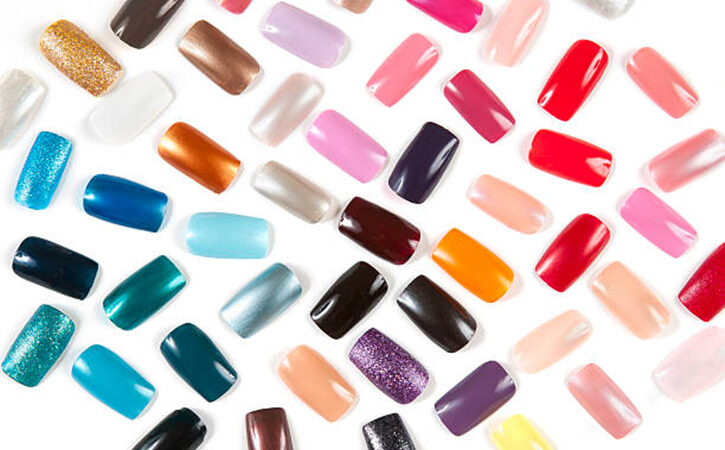How to Remove Nail Glue: The Complete Guide

Nail glue is incredibly strong and durable to keep press-on nails or nail extensions in place. But when it comes time to remove your artificial nails or replace them, getting off all the stubborn nail glue can be tricky. With the wrong removal methods, you risk damaging your natural nails and surrounding skin.
The good news is you can safely remove nail glue from your nails, cuticles, and fingers with simple household products and techniques. This complete guide will teach you how to efficiently and gently get rid of nail glue residue for good.
What is Nail Glue?
Nail glue, also called nail adhesive, is a strong bonding agent used to adhere artificial nails and nail tips to natural nails. This adhesive is incredibly strong to keep press-on nails and extensions securely in place on the nail plate.
Nail glue is formulated from cyanoacrylate, the same fast-drying adhesive material used in “super glues”. Nail glue has a thick, syrupy consistency and is commonly clear or lightly tinted. It is specially engineered to bond securely to surfaces like nail plates while remaining flexible. Many nail glues also contain ingredients to strengthen natural nails and prevent damage.
Nail glue usually comes in small bottles with an applicator brush for precise application. The glue quickly bonds the artificial nail or tip and real nail together with a durable, long-lasting hold that can remain intact for up to 2 weeks.
The glue is applied in a thin layer along the underside inner rim of the artificial nail or tip. The extension is then firmly pressed onto the natural nail for several seconds to create a tight seal. The glue will begin rapidly curing and hardening within about 60 seconds.
Safely Removing Nail Glue from Natural Nails
Removing artificial nails or press-ons requires breaking down the nail glue so you can gently pry off the nail extension. Trying to rip off fake nails without properly removing the adhesive can take layers of your natural nails with it, causing damage, pain, and susceptibility to infection.
Follow these safe, effective methods for removing nail glue from your real nails:
Soak nails in pure acetone
The most effective and common way to remove nail glue is with pure acetone, the active ingredient in nail polish remover. Soak cotton balls in acetone and hold them against your nails for 5-10 minutes. The acetone will break down the nail glue, allowing you to gently roll or pry off artificial nails. Avoid acetone-free nail polish remover, as it lacks the solvent properties needed to dissolve glue.
Apply oil
Natural oils like olive oil, coconut oil, and almond oil can help weaken nail glue bonds for easier removal. Generously coat nails and cuticles in oil, let sit for a few minutes, then gently roll off nails starting at the edges. The oil helps lubricate and separate the artificial nail from your real one.
Use dental floss
For removing any remaining nail glue residue or sticky tabs on your actual nail, dental floss is an ideal friction tool. Carefully slide floss under the nail tip to lift off glue remnants. The thin floss can get between the nail plate and adhesive pieces with precision.
Do not peel or pick
Never forcefully peel, rip, or pick at your artificial nails to remove them. This can tear layers of your nail plate, damage the nail matrix, cause pain and bleeding, and increase infection risk. Always properly dissolve the nail glue before removal.
Moisturize nails after
Once all remnants of nail glue are gone, moisturize nails with cuticle oil or nutrient-rich lotion. This nourishes nails and cuticles after the drying effects of glue and acetone.
If you want to learn more about how to remove press-on nails, please check:
How to Remove Press-On Nails: Tips for Safe and Easy Removal
How to Get Nail Glue off Skin and Fingers
Nail glue can unfortunately get onto the skin around your nails and fingers, causing irritation, redness, and flaking. Luckily, you can safely remove errant nail glue from skin using these methods:
- Gently roll dried glue off the skin using your fingertips, being careful not to peel forcefully. The outer skin layers will naturally exfoliate the adhesive away.
- Apply a hot, damp washcloth or paper towel to dried glue on skin. Let sit for 30 seconds to allow moisture to penetrate and loosen the glue, then carefully rub off.
- Use an oil-based makeup remover or cuticle oil to break down glue on skin, then rub away with a cotton ball. Avoid using acetone on skin as it can cause dryness.
- For glue residue on skin, slather on petroleum jelly or thick cream and let sit for 5 minutes. This helps separate the glue so you can roll and wipe it away safely.
- If needed for small glue spots, use tweezers to help grip and pull off the softened glue after applying moisture. Do not pull or pick at skin.
Removing Nail Glue from Surfaces
Nail glue can drip onto surfaces like tables, sinks, and countertops during manicures. Here’s how to remove pesky nail glue from household items and furniture:
- For solid surfaces, gently scrape off dried glue residue with a plastic card or your fingernail. Avoid metal tools which could scratch.
- Apply rubbing alcohol to glue marks on hard surfaces. Let alcohol soak in for 30 seconds, then wipe glue away with a paper towel.
- For porous surfaces like unfinished wood, blot glue with acetone then scrub with baking soda paste to lift residue. Rinse and dry.
- Use adhesive remover sprayed onto glue spots on any surface. Let sit 1 minute then wipe away.
- Heat glue marks with a hairdryer on high setting for 20 seconds to soften, then scrape or wipe away glue.
- For glue on fabric or carpet, apply a small amount of laundry detergent and scrub gently with a damp sponge. Rinse and blot dry.
Things to Avoid When Removing Nail Glue
It’s crucial to avoid certain actions when trying to remove stubborn nail glue, as they can damage nails, skin, and surfaces:
- Never pick, pull, or peel at glue on your nails or skin. This can tear delicate tissues.
- Avoid metal tools which can scratch nails or furniture when scraping at glue.
- Do not use harsh chemicals like turpentine or paint thinner which can irritate skin.
- Never rip off artificial nails if glue remains, as layers of your nail can detach too.
- Don’t leave acetone on the skin for extended periods, as it can cause dryness.
- Don’t use excessive force or pressure when rubbing off glue residue.
- Do not apply heat to nail glue for removal, as burning can occur.
Removing nail glue properly is all about having the right technique and products on hand for safe, effective removal. With the helpful tips in this guide, you can now get rid of pesky glue remnants from nails, skin, and surfaces without damage whenever you need to remove press-ons or false nail extensions.




